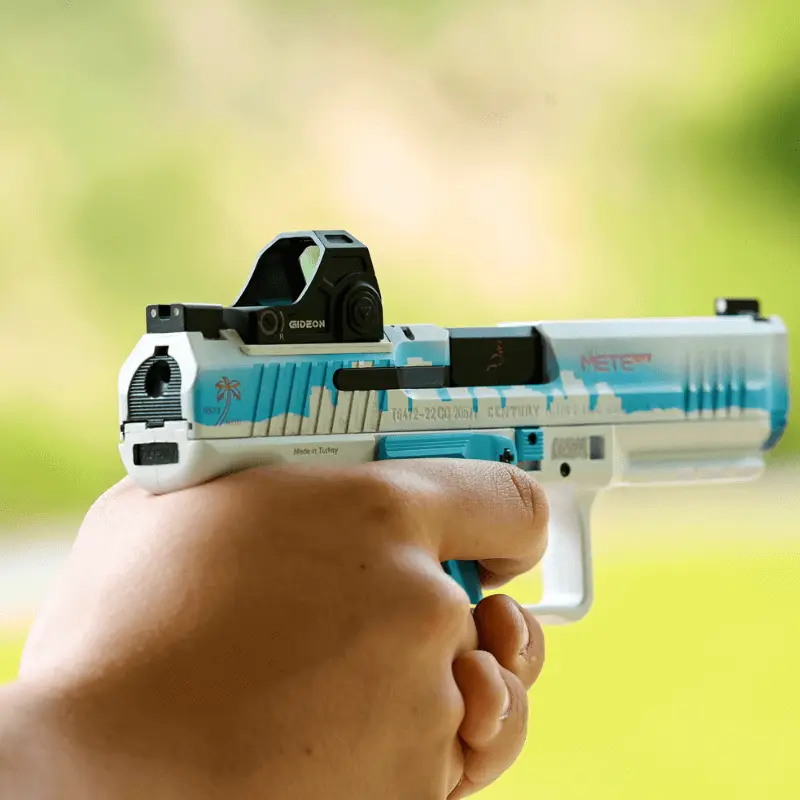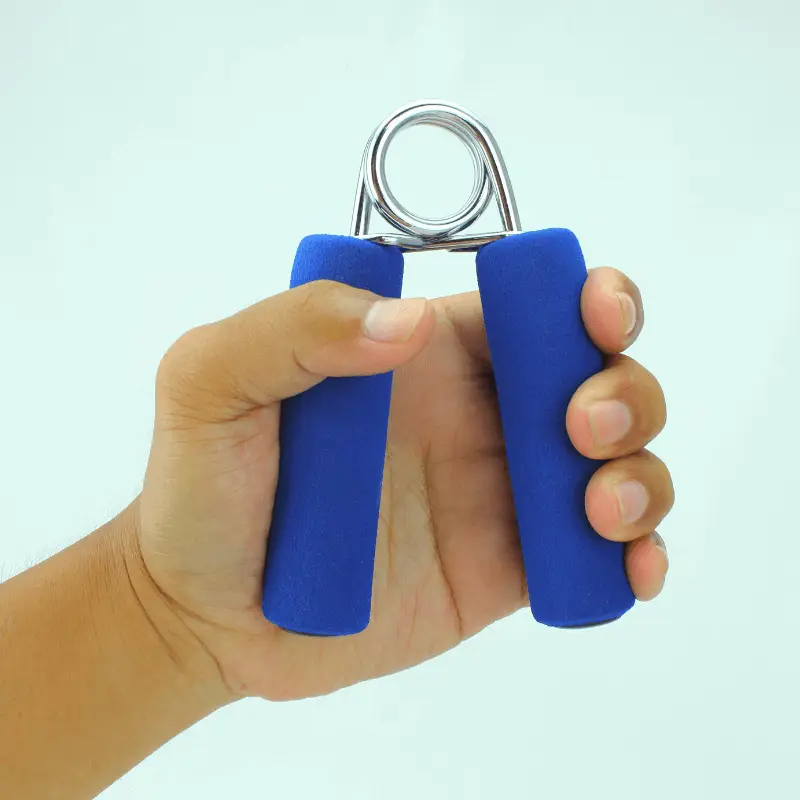No products in the cart.
If you’re not getting the accuracy from your custom gun that you should be, it’s time to examine your trigger control. A smooth, disciplined trigger pull will let you fire around without introducing additional motion or destabilization into your mechanics. Unfortunately, control is often affected by not training enough or by overtraining, which leads to bad reps. With the right training, you can improve your trigger control and identify the parts needed to fine-tune your gun for more effective shooting.
While it’s tempting to focus on only the trigger finger when you know your trigger control is a bit rough, the truth is the entire shooting hand is involved in the process of firing a round. It’s easiest to think of your hand as having two jobs and two separate mechanical systems to do those jobs when you’re firing the gun.

When your trigger control mechanics start to break down, accuracy suffers. Depending on the issue, you might see a consistent deviation that helps you figure out the problem, or your shots could be all over the place. When you’re working through control issues with your trigger, discipline is key to diagnosing the problem and getting yourself back on track.
If you want to improve your trigger control, you can customize your gun in several ways. While nothing is a replacement for proper mechanics, the right parts and accessories can encourage the formation and maintenance of good shooting habits.

A traditional spring grip trainer can help you build forearm, hand, and finger strength. Spend the extra couple of bucks for an adjustable model to ensure you can tailor the resistance for each exercise. The standard way of using it–opening facing down–works on the muscles used to effectively grip and control your pistol. Flip it upside down to isolate your trigger finger and work on building up your pull strength.
Using a standard hammer or one-handed sledge, stand with your arms at your side and bent so that your arm from the elbow down is parallel to the ground. Holding the hammer, pivot your hand forward and back while keeping your arm still. This helps strengthen the muscles that control your gun through recoil and bring it back on target. Adjust the perceived weight by positioning the head closer to your hand for less resistance and further from your hand to maximize your workout.
Dry-fire training can let you work on trigger-control drills anywhere. Ensure the gun is unloaded and verify the chamber is empty before beginning. It’s also a great time to reinforce best practices on your trigger discipline, keeping your finger off the trigger until you’re ready to begin dry-firing. Choose an aim point on the wall, line up your shot, and slowly pull the trigger, making sure to minimize barrel movement. This eliminates range distractions while you focus purely on a portion of your shooting mechanics.
This trigger control drill is also about isolation trigger movements, but it’s perfect for familiarizing yourself with your trigger’s breakover and reset points. With a properly loaded firearm, while the range is hot, aim and pull the trigger slowly and evenly. Take a full 1.5-2 seconds on the pull and on the return. Pay attention to your mechanics and those of your firearm to identify improvement opportunities.
This time, you’ll be firing your gun in three-round bursts, one second for each round. This is a little faster than your previous pace, and it’s likely aberrations will start to creep in. When they do, rein in your mechanics by taking it slow for three rounds, then getting back up to speed. Pay attention to what changes and where you struggle with the transition. Remember, the goal is to bring your good habits up to speed and not to push through and reinforce bad ones.
When you’re ready, these quick, fast shots are meant to mimic self-defense situations at close range. Some ranges may not allow more than one round to be fired every second. If that’s the case, stretch out your present tempo for six-round streaks, which give you more of a workout to maintain disciplined trigger control throughout.
When you’re ready to improve your shooting lifestyle, we’re ready with quality parts you can count on. Sign up for our newsletter to get new product news and sales offers delivered to your inbox. Get the optics, grips, and triggers you need for better control from JSD Supply.